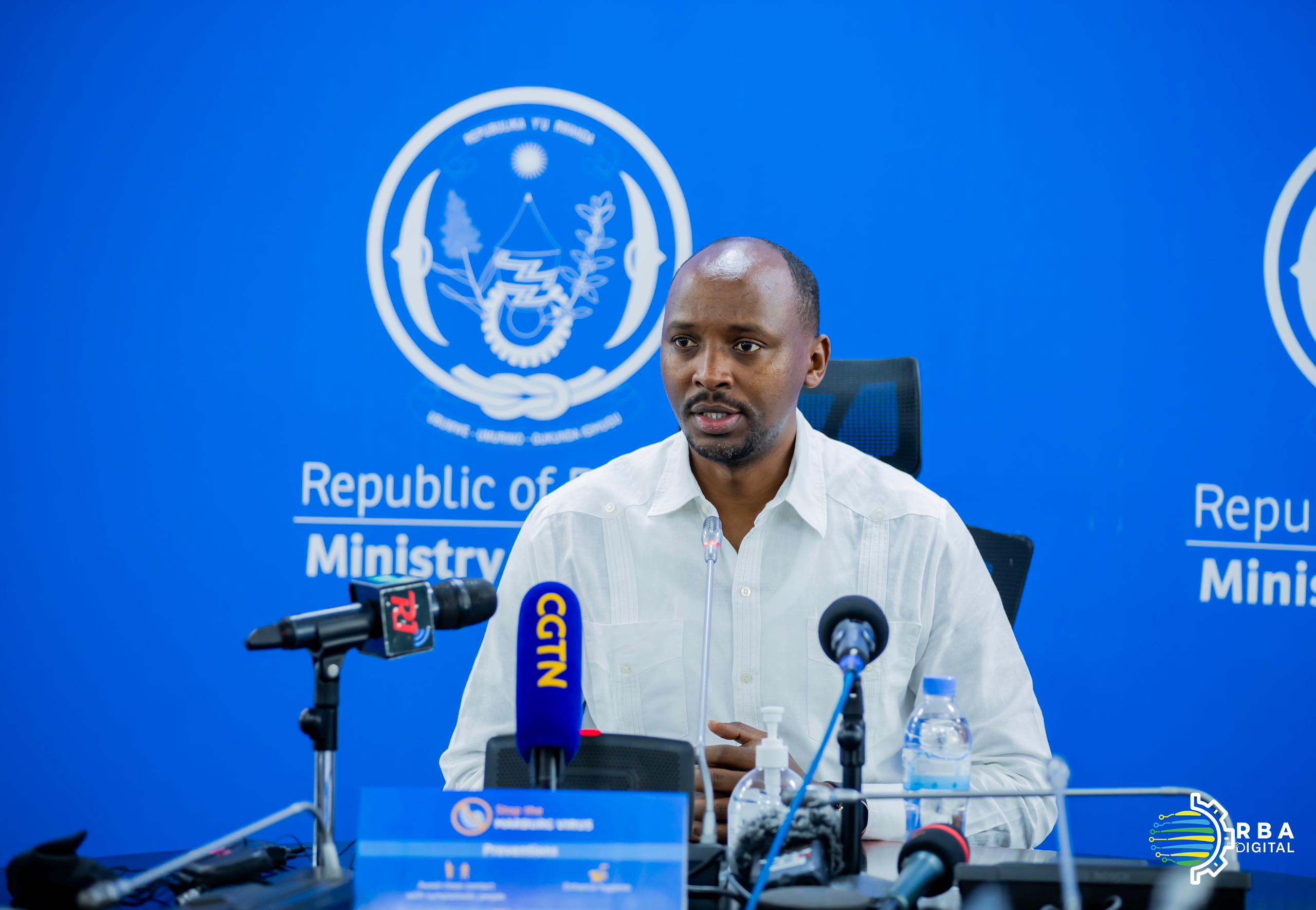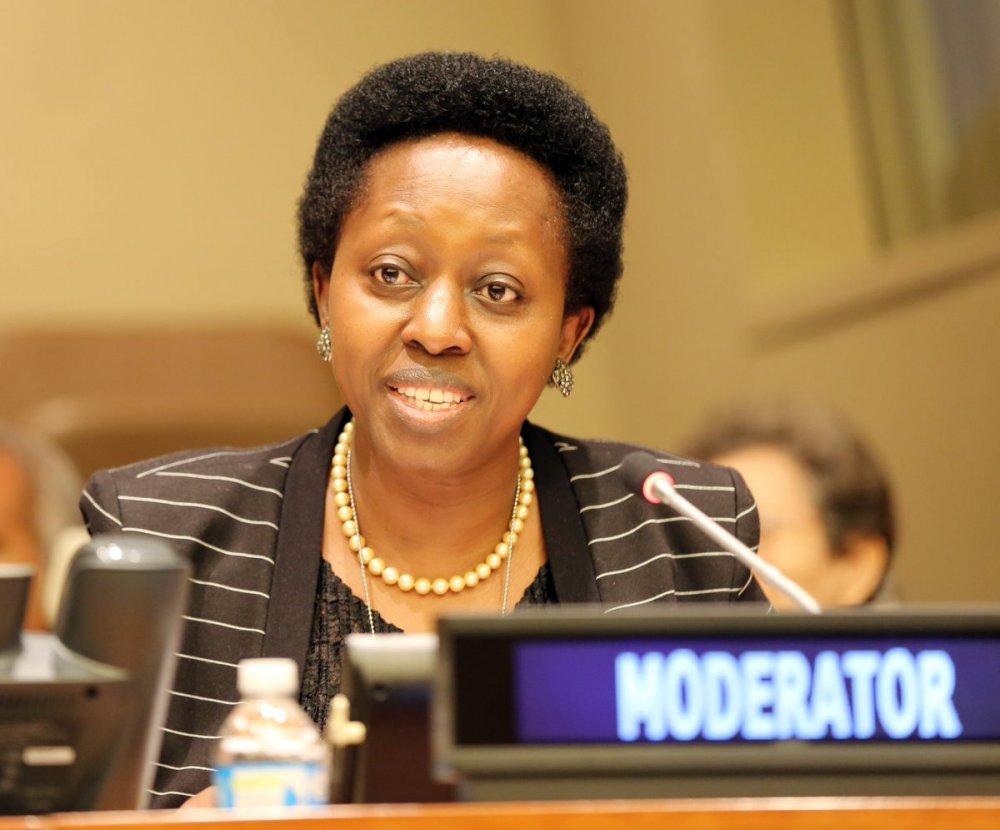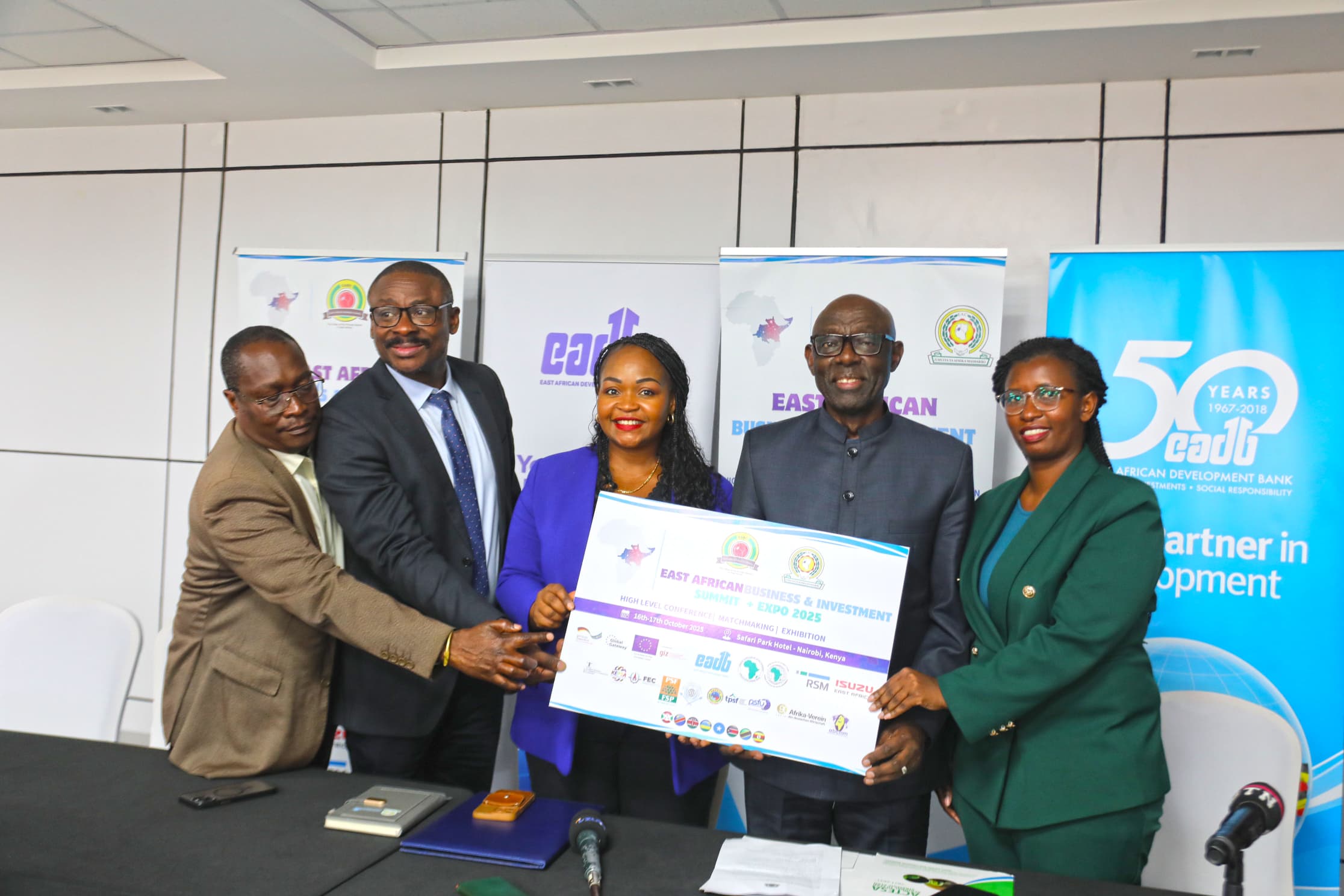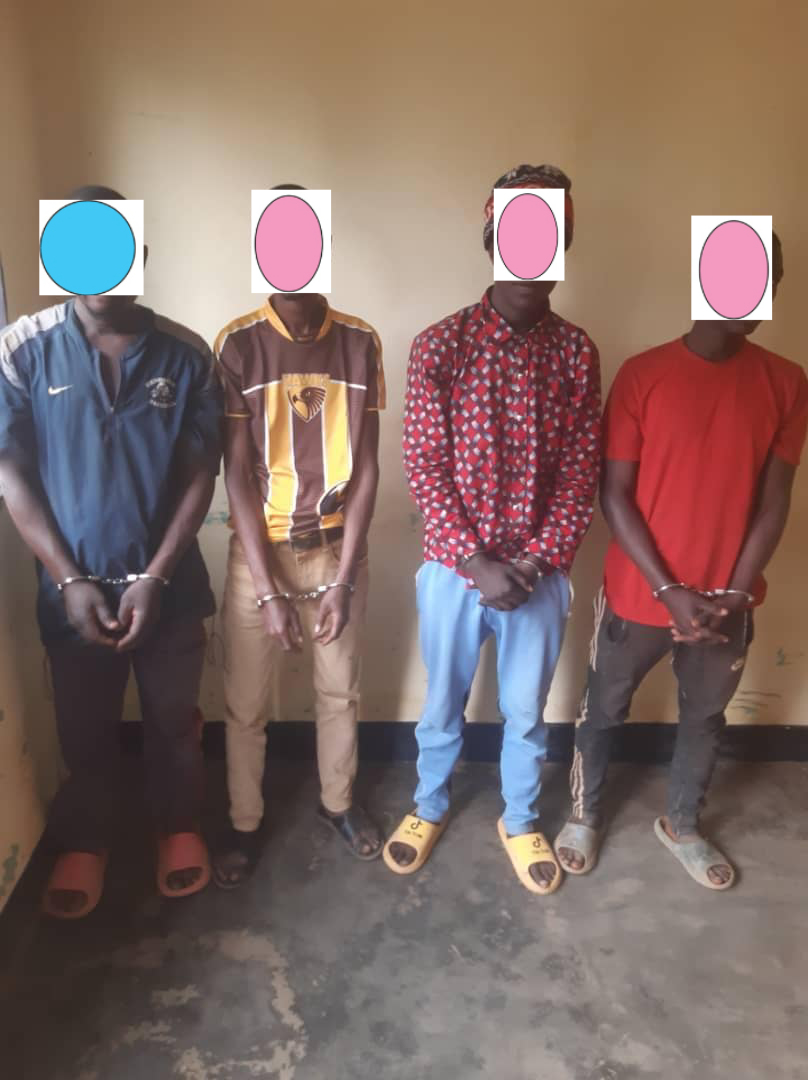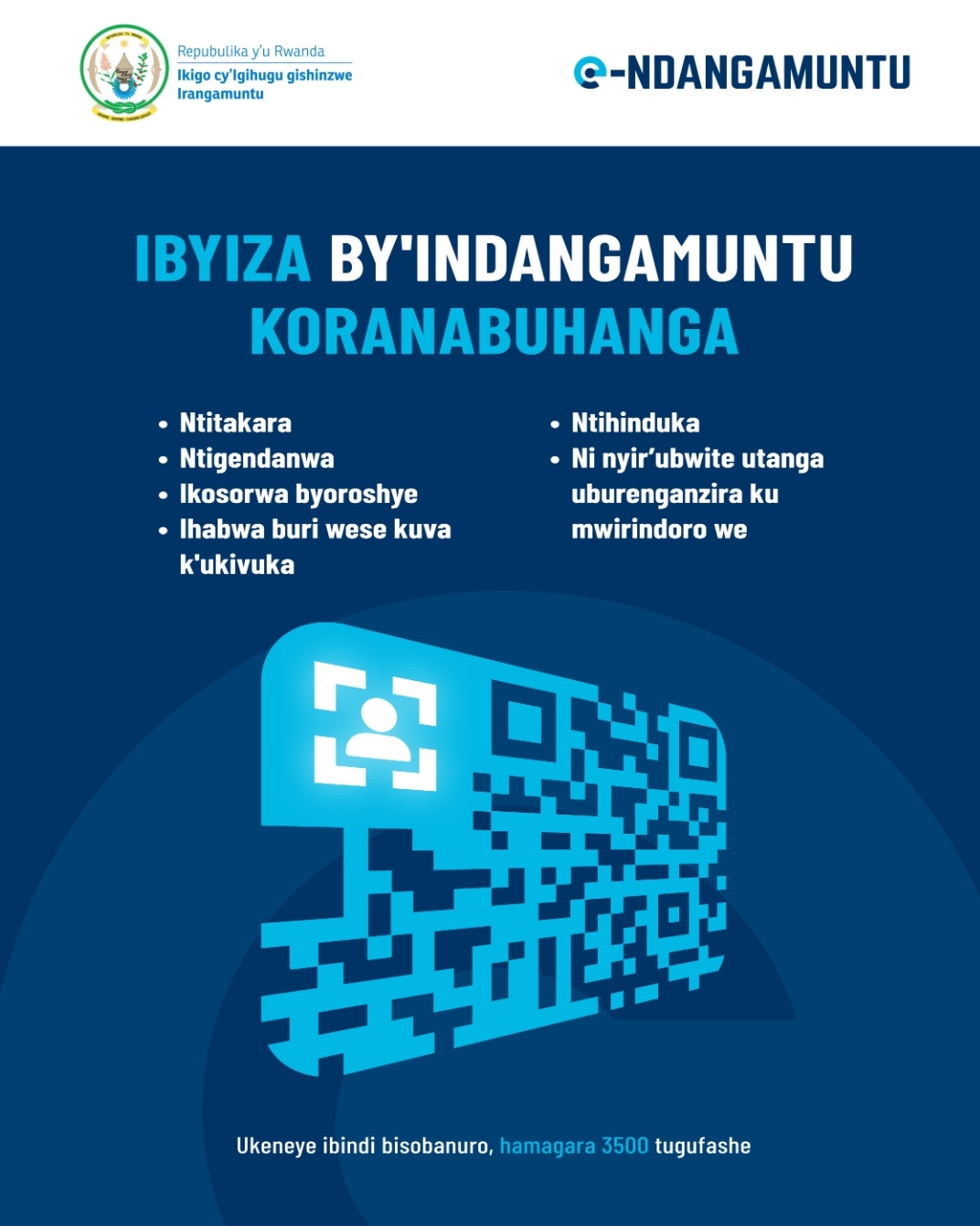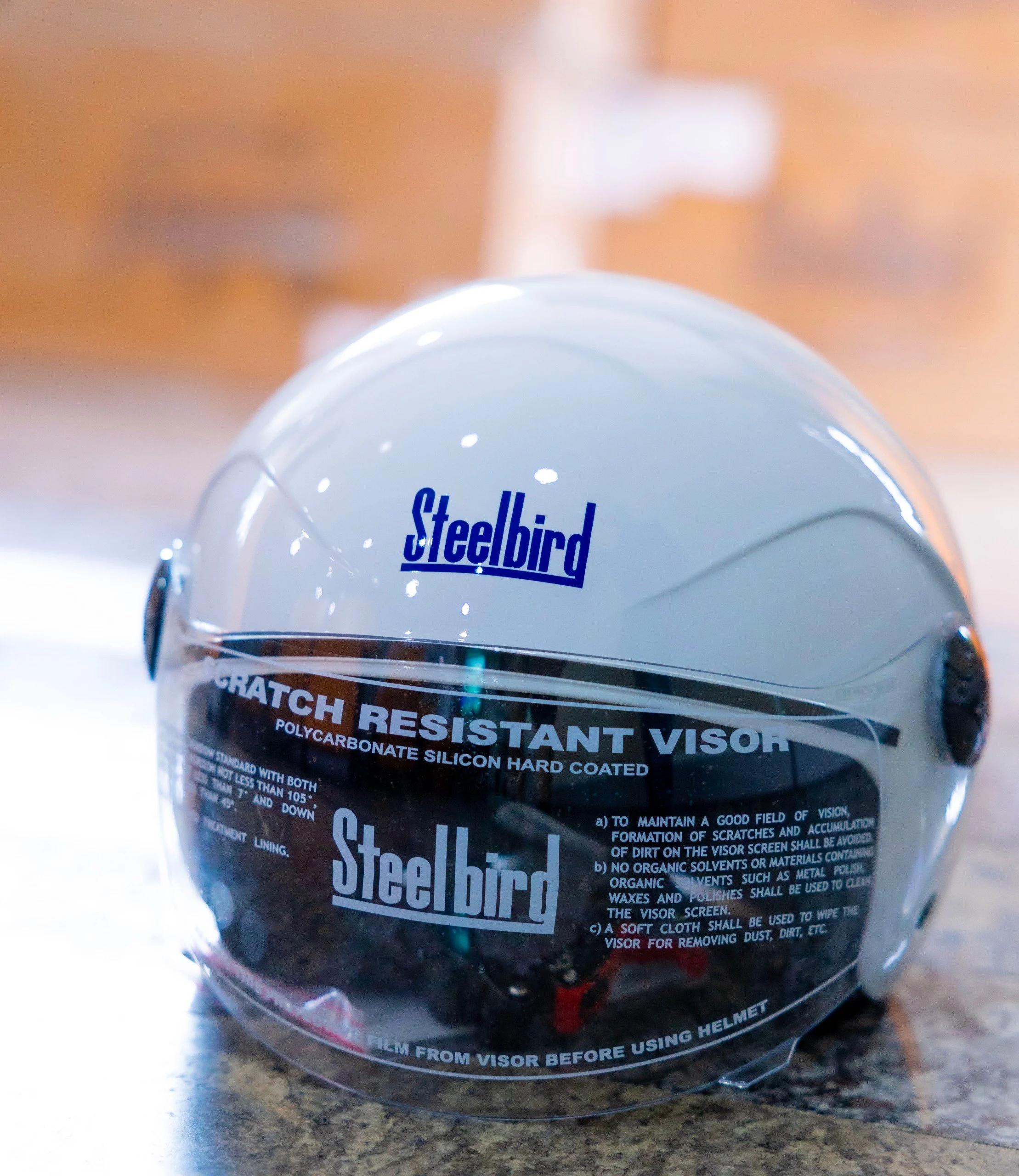
Rwanda Standards Board (RSB) has established a laboratory to test the quality of motorcycle helmets, and its staff has been trained to perform the task after realizing that many helmets used by motorcyclists do not adequately protect against head injuries.
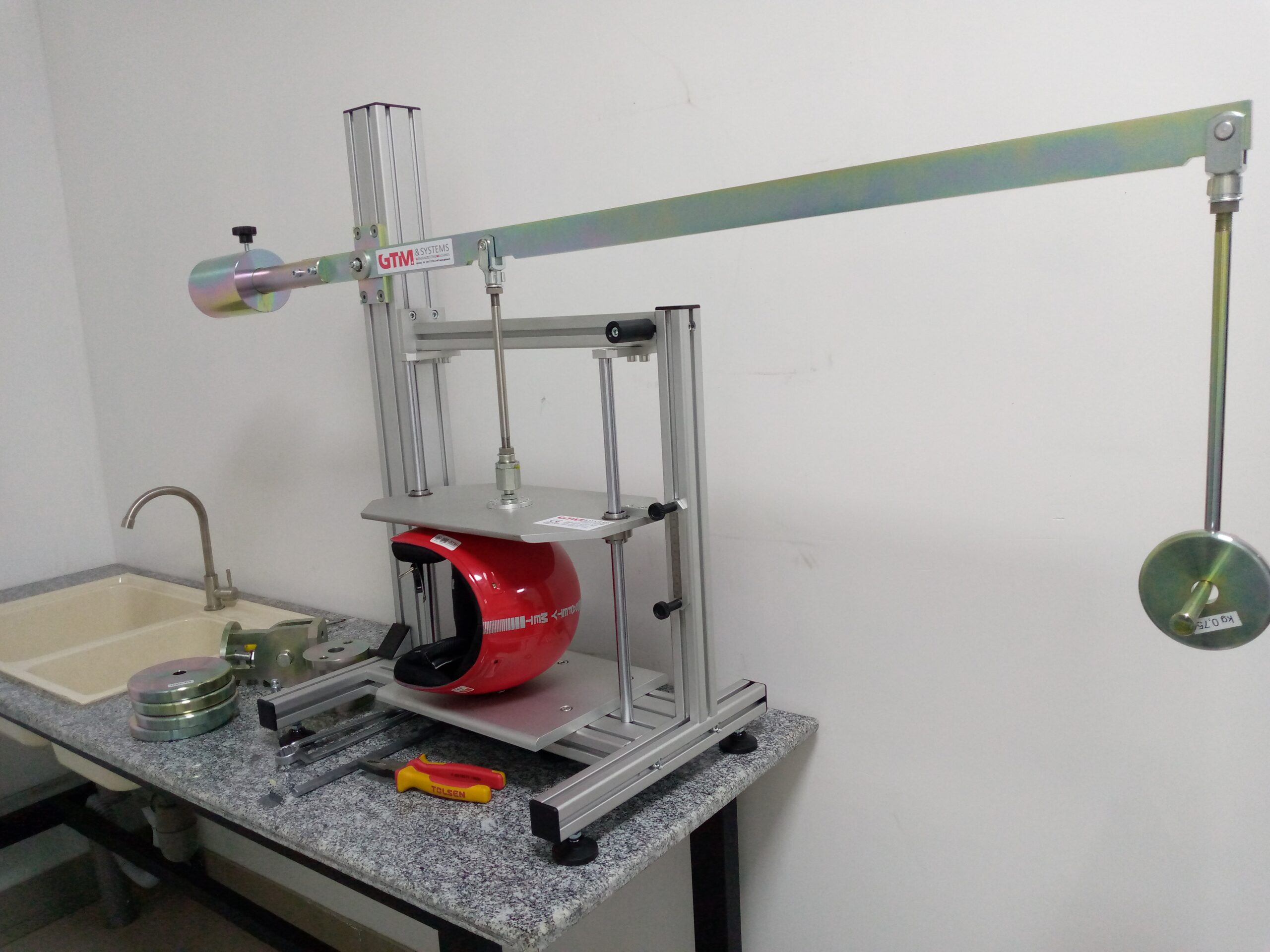
The quality standards for helmets, developed by RSB in collaboration with various stakeholders including the Ministry of Infrastructure (MININFRA), Healthy People Rwanda (HPR) Organisation (working to prevent road accidents), and the Fédération Internationale de l’Automobile (FIA) Foundation, outlined ten criteria for approving motorcycle helmets for use in Rwanda.
The first criterion is to check if the helmet bears an internationally recognized certification mark such as the DOT from the USA, ECE from Europe, Snell from the Snell Memorial Foundation, SHARP from the UK, AS/NZS 1698 from Australia and New Zealand, or the JIS mark from Japan.

Other assessments involve using machines in the RSB laboratory to impact the helmet against various objects to determine its ability to protect a person’s head during a fall.
Emmanuel Gatera, Head of RSB’s quality standards department, states, “There are impact-testing machines that measure how helmets perform when a person falls on a flat surface or against a peak object like a stone. These are the standards we apply based on quality regulations.”
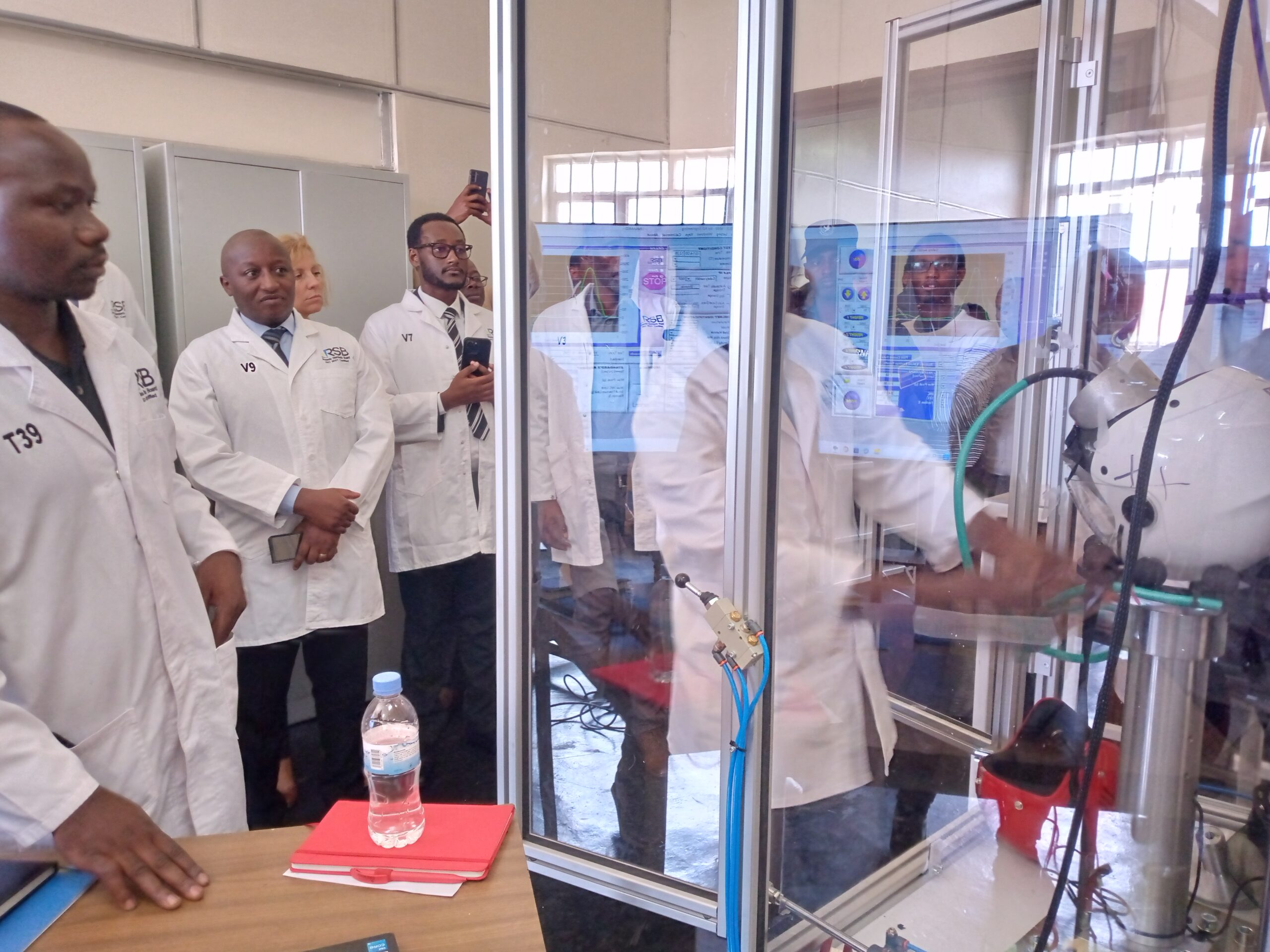
Additional tests include checking how the helmet can absorb impact during a motorcycle accident, and how it compresses when subjected to heavy pressure, ensuring a minimum clearance to avoid head injuries.
They also evaluate the strength of the chin strap to ensure it does not choke or break when securely fastened, which could cause the helmet to come off.
The testing equipment also checks if the helmet can protect a motorcyclist in various weather conditions, ensuring it remains comfortable in both hot and cold environments.
The helmet’s visor and its ability to provide a clear view ahead and to the sides, as well as facilitating breathing without suffocating the wearer, are also assessed.
A motorcycle helmet must be lightweight but not compromise safety, allowing adequate airflow while protecting against wind, sun rays, and noise.
Gatera notes that different helmet sizes will be tested to meet the standards for every wearer before quality marks are issued.
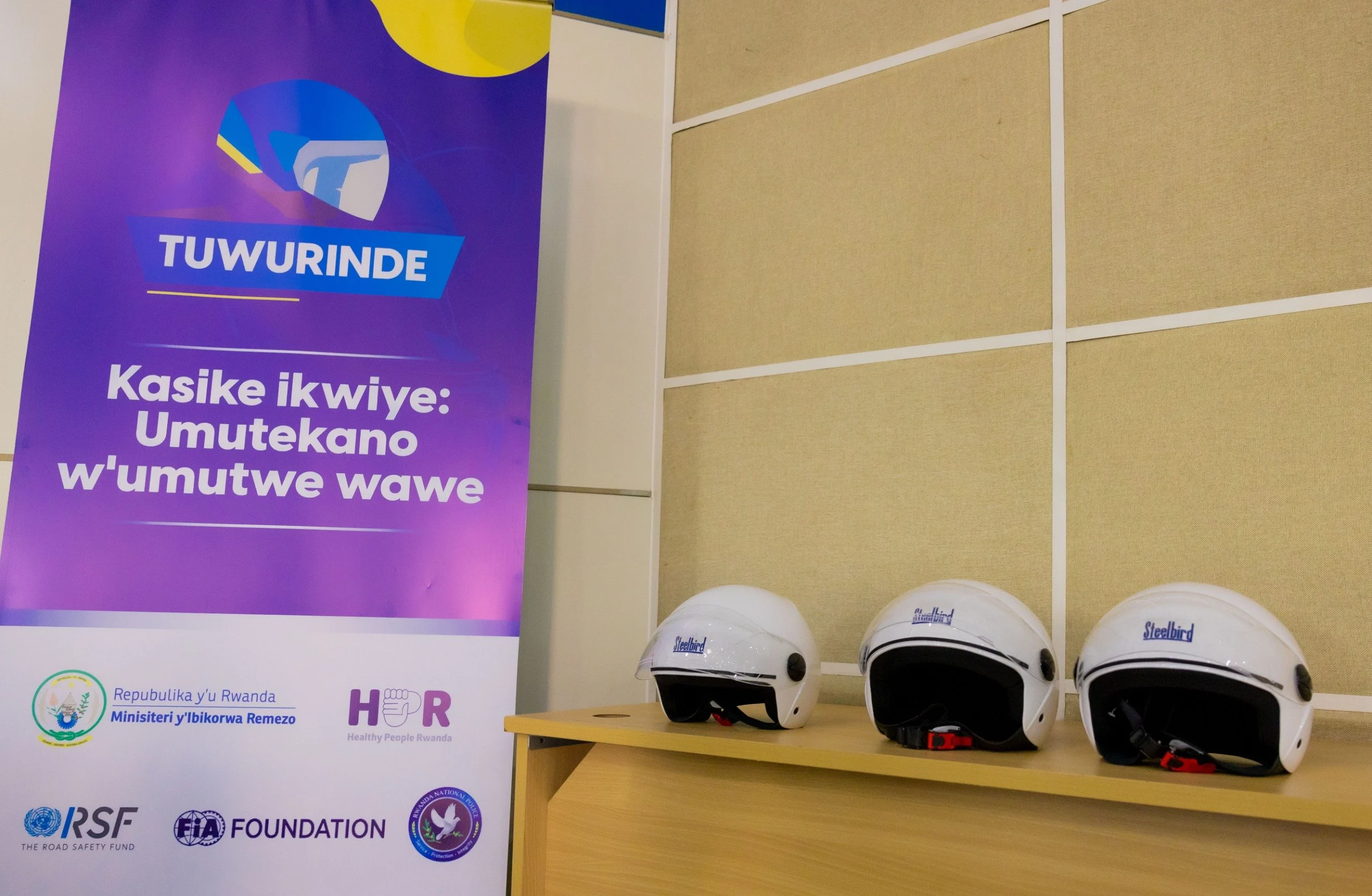
Dr. Innocent Nzeyimana, Chief Executive Officer of HPR, who helped acquire the quality testing equipment from UN Road Safety Fund – UNECE, is committed to advocating for helmets that have been already imported, to be tested before being distributed to users, while customs should also prevent new ones which do not meet standards.
Dr. Nzeyimana assures that he will work to ensure helmets start being produced locally in the future, to reduce high costs associated with testing imported ones.
He mentions that 21% of road traffic fatalities involve motorcyclists, many of whom suffer head injuries despite wearing helmets.
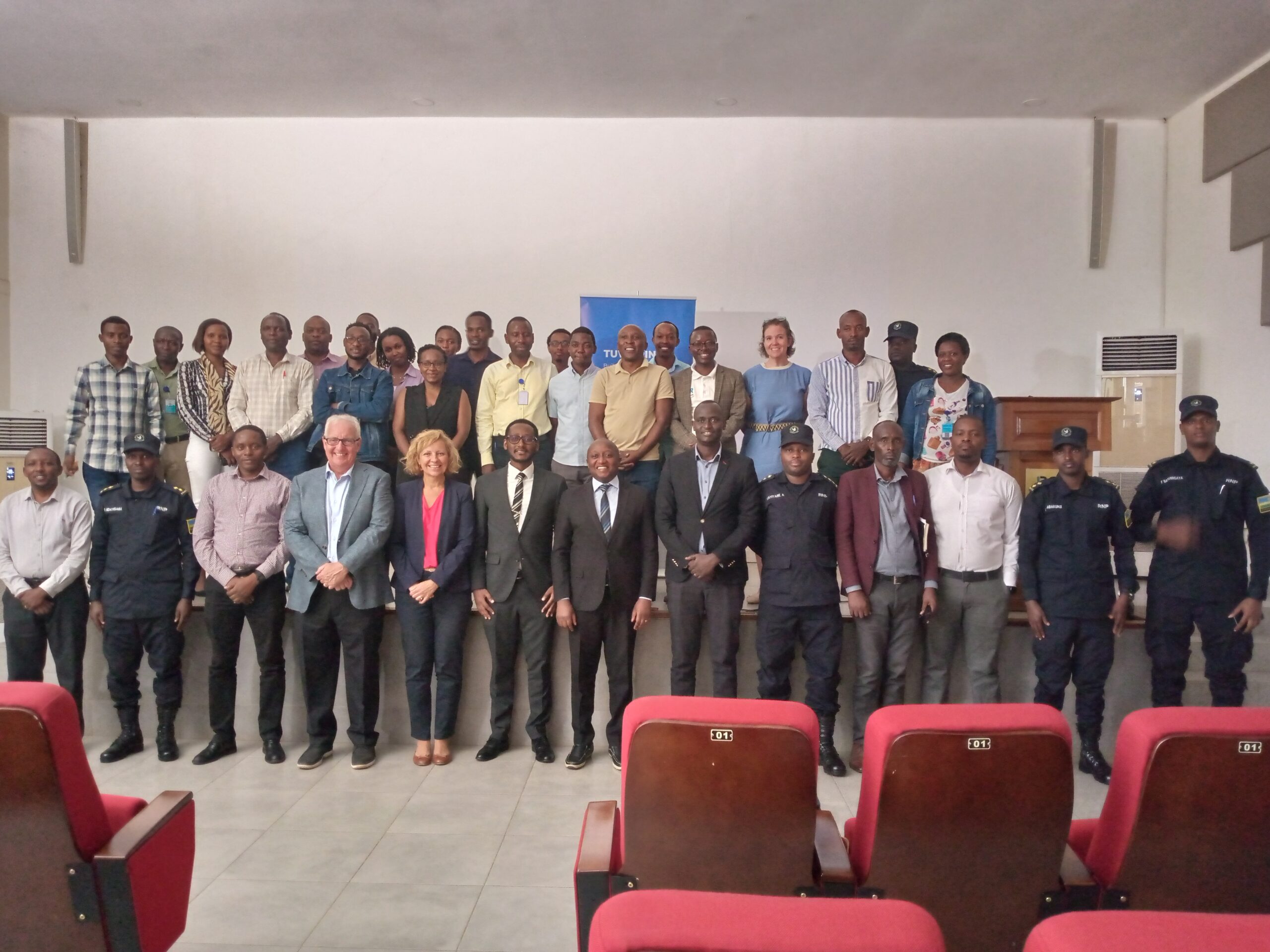
Permanent Secretary in the Ministry of Infrastructure, Fidèle Abimana, says that collaboration among various agencies will enhance the implementation of standards for quality helmets by the end of 2024.



